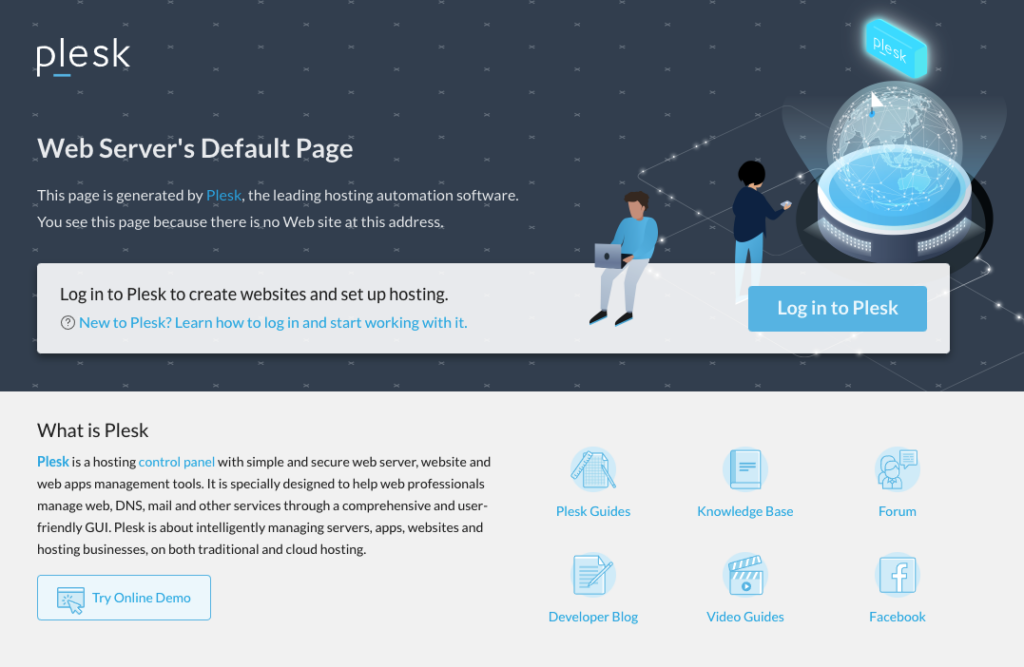SourceForge.net application hosting cache issue
I have a new open source project at VolunteerCake that is using their recently released web hosting service. This service includes the typical LAMP stack with MySQL, Apache and PHP, so I thought it would be a great place to keep a demo of the site running.
It was working fine, and then one day I noticed that the pages were being over aggressively cached. For instance, if I clicked the login button on the front page, and logged in successfully, I expected to see a “logout” button and my user name, but instead was seeing the original page. By hitting “shift-refresh”, I was able to get the right page to display, but obviously that wasn’t a good way to demonstrate the software.
During my work on figuring out my Plaxo problem, I found a really cool tool called Fiddler2 that acts as a web proxy and lets you do nifty things like see the headers on web requests. Using this tool, I was able to look at the cache headers being sent by the server which looked like:
HTTP/1.1200 OKGMT
Server: nginx/0.6.31
Date: Tue, 18 Nov 2008 22:02:49Content-Type
X-Powered-By: text/html
Connection: keep-alive
CAKEPHP: PHP/5.2.6
Set-Cookie:=b7pvoorvj11tb45micnfqhc4b2; path
P3P: CP="NOI ADM DEV PSAi COM NAV OUR OTRo STP IND DEM"
Cache-Control: max-age=172800
Expires: Thu, 20 Nov 2008 22:02:46 GMT
Content-Length: 444
The part marked in red was the problem, the Cache-Control and Expires headers were being set to 48 hours in the future for my pages, so the browser was displaying the cached version of the page instead of asking the server for a new copy.
Knowing this, I opened a case with the SF.net support team to see if they could help figure out why the server was setting these headers for the PHP pages. I had a suspicion it had to do with the fact that Cake uses a new file extension of “.ctp” for the view files, but I really had no proof of this.
The SourceForge.net guys told me that their service had just been moved to some new servers, so it was possible this was related to that. They suggested that my application was responsible for setting the cache headers. While Cake does do some caching, it didn’t fit with what I knew. This exact same setup was working on my hosting service at http://volunteer.lctd.org/, which didn’t send those same headers.
I did some research on the Apache settings for cache, and while it is generally something you do at the server level, I found that it is possible to override these settings in the .htaccess file for a particular directory. Having had to tweak this file before to get Cake to work properly, my .htaccess file looked something like:
<IfModule mod_rewrite.c> RewriteEngine on RewriteBase / RewriteRule ^$ webroot/ [L] RewriteRule (.*) webroot/$1 [L] </IfModule>
So what I needed to do was to tell the server not to set the Cache-control or Expires headers. After some experiments, I ended up with a new .htaccess file that looked like:
<IfModule mod_rewrite.c> RewriteEngine on RewriteBase / RewriteRule ^$ webroot/ [L] RewriteRule (.*) webroot/$1 [L] </IfModule> # Turn off Expires and set default to 0 ExpiresActive Off
Which basically turned off the whole caching on the http://volunteercake.sourceforge.net site. Since this is just a demo application, I figured that was good enough, so I didn’t spend any more time on figuring out how to restrict the change to a specific type of file (which would be important if this were a large application).

